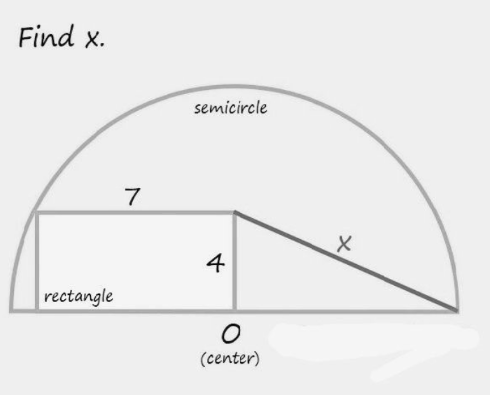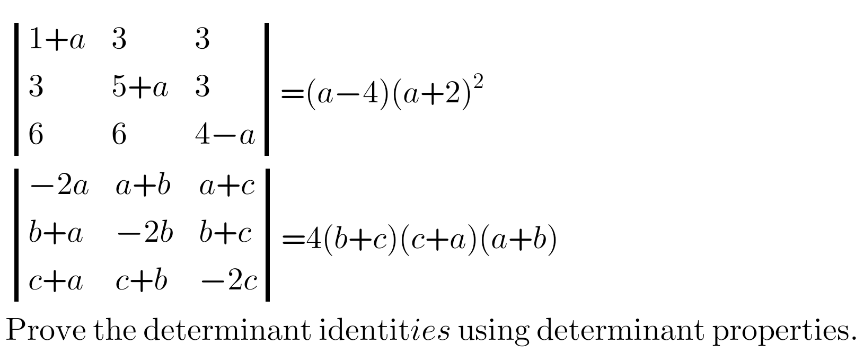
AllQuestion and Answers: Page 524
Question Number 167355 Answers: 0 Comments: 4

Question Number 167350 Answers: 1 Comments: 0

Question Number 167339 Answers: 2 Comments: 1

Question Number 167336 Answers: 1 Comments: 0
Question Number 167335 Answers: 2 Comments: 3
Question Number 167334 Answers: 2 Comments: 0
$$\:\:\:\:{b}^{{b}} .\mathrm{2}^{{b}^{{b}^{\mathrm{2}} } } \:=\:\mathrm{4}\:\Rightarrow{b}=? \\ $$
Question Number 167332 Answers: 1 Comments: 0
Question Number 167330 Answers: 2 Comments: 0
$${Calculate} \\ $$$$\int\frac{\mathrm{1}}{{x}+\sqrt{{x}^{\mathrm{2}} +{x}+\mathrm{1}}}{dx} \\ $$
Question Number 167328 Answers: 1 Comments: 0
Question Number 167324 Answers: 2 Comments: 0

Question Number 167321 Answers: 0 Comments: 3

Question Number 167318 Answers: 1 Comments: 0
Question Number 167312 Answers: 2 Comments: 1
Question Number 167310 Answers: 0 Comments: 0
Question Number 167309 Answers: 0 Comments: 0

Question Number 167305 Answers: 1 Comments: 0
Question Number 167301 Answers: 3 Comments: 0

Question Number 167296 Answers: 1 Comments: 3
Question Number 167295 Answers: 2 Comments: 0

Question Number 170532 Answers: 1 Comments: 0
Question Number 167282 Answers: 2 Comments: 0
Question Number 167280 Answers: 1 Comments: 1

Question Number 167289 Answers: 0 Comments: 0
Question Number 167278 Answers: 1 Comments: 0

Question Number 167277 Answers: 1 Comments: 0
Question Number 167276 Answers: 0 Comments: 0

Pg 519 Pg 520 Pg 521 Pg 522 Pg 523 Pg 524 Pg 525 Pg 526 Pg 527 Pg 528
